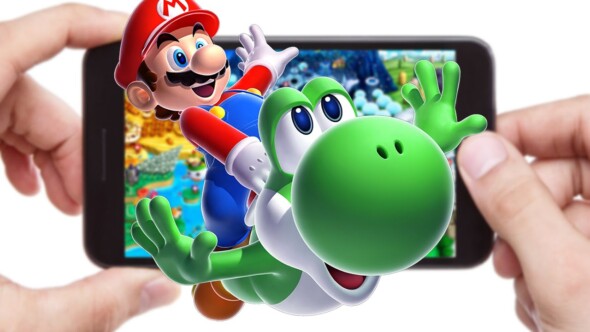What Is The Supply Chain Of Video Games?

As time has progressed, the video game business has grown from a small subset of the entertainment market to one that generates billions of dollars annually. Behind the scenes of every video game release lies a complex and intricate supply chain that ensures these interactive experiences reach the hands of eager gamers worldwide.
The supply chain of video games is a complex and multifaceted process that encompasses creating, distributing, and delivering video game products to consumers. As such, logistics and transportation, often aided by a route planning app, are crucial in moving physical copies, while digital distribution relies on online marketplaces.
Today, we’ll explain the multifaceted supply chain of video games, shedding light on the various stages and processes involved.
Supply Chain Overview
The supply chain of video games is a network of interconnected entities and processes that work together to bring a game from concept to the hands of gamers. This supply chain encompasses game development, manufacturing, distribution, marketing, and sales. Each of these stages plays a crucial role in the success of a video game, and any disruption in this chain can have significant consequences.
5 Stages Of Video Games’ Supply Chain
1. Game Development
The journey of a video game begins with the creative minds at game development studios. Game developers conceive ideas, design gameplay mechanics, create in-game assets, and write code to bring their vision to life.
This stage involves talented professionals, including designers, programmers, artists, and writers, collaborating to create an engaging and immersive gaming experience.
Game development is a time-consuming and resource-intensive process. Designing and developing a high-quality game can take years, with constant iterations and improvements. Game studios often face challenges such as budget constraints, tight deadlines, and the need to adapt to evolving technology and player expectations.
2. Manufacturing
Once a video game is developed, it must be reproduced and distributed physically or digitally. Physical copies of games, such as discs and cartridges, go through a manufacturing process that involves printing, packaging, and quality control. This is particularly important for console games, where physical copies are still popular among gamers.
Digital distribution, on the other hand, has become increasingly prevalent in recent years. Platforms like Steam, Xbox Live, PlayStation Network, and the Epic Games Store allow gamers to purchase and download games directly to their gaming consoles or computers.
This digital distribution model eliminates the need for physical manufacturing and reduces environmental impact.
3. Distribution
Distribution is a critical part of the video game supply chain, as it involves getting the finished product into the hands of retailers or directly to consumers. It can take many forms depending on the target audience and available channels.
Games are shipped to retailers and distributors for physical copies, stocked on store shelves, or distributed to online sellers.
In the case of digital distribution, games are made available for download through online marketplaces. This method allows instant access to the game, eliminating the need for physical distribution. Digital distribution has enabled independent video game producers to access a global audience without traditional physical distribution channels.
4. Marketing and Promotion
Marketing is one of the most important factors in a game’s commercial success. Game publishers invest heavily in advertising, promotion, and public relations to build anticipation and excitement for their titles.
Marketing efforts include teaser trailers, gameplay previews, social media campaigns, and partnerships with influencers and gaming communities.
And it aims to create buzz around a game, generate pre-orders, and drive sales. Successful marketing campaigns can turn a relatively unknown game into a blockbuster hit, while poor marketing can lead to a game’s commercial failure.
5. Sales and Retail
Sales are the final step in the supply chain of video games. Once a game is available to consumers, it can be purchased through various channels, including physical retail stores, online marketplaces, and the game developer’s website. Gamers can buy physical copies or digital downloads, depending on their preferences.
Video game retailers are essential to the sale process since they provide a place for customers to learn about, buy, and occasionally try out new titles before making a final purchase decision.
Online marketplaces, like Amazon and GameStop, are popular destinations for gamers to buy physical copies, while digital storefronts, such as Steam and the PlayStation Store, dominate the digital distribution market.
Final Remarks
Many people and processes are involved in the video game supply chain, from design to promotion to sales. This intricate network ensures gamers worldwide can enjoy their favorite titles through physical copies or digital downloads. Even though it faces several obstacles and upheavals, the sector continues to develop and adapt in response to shifting preferences among consumers and technological advances. The video game industry is booming, but that means the supply chain will only get more complicated.





No Comments